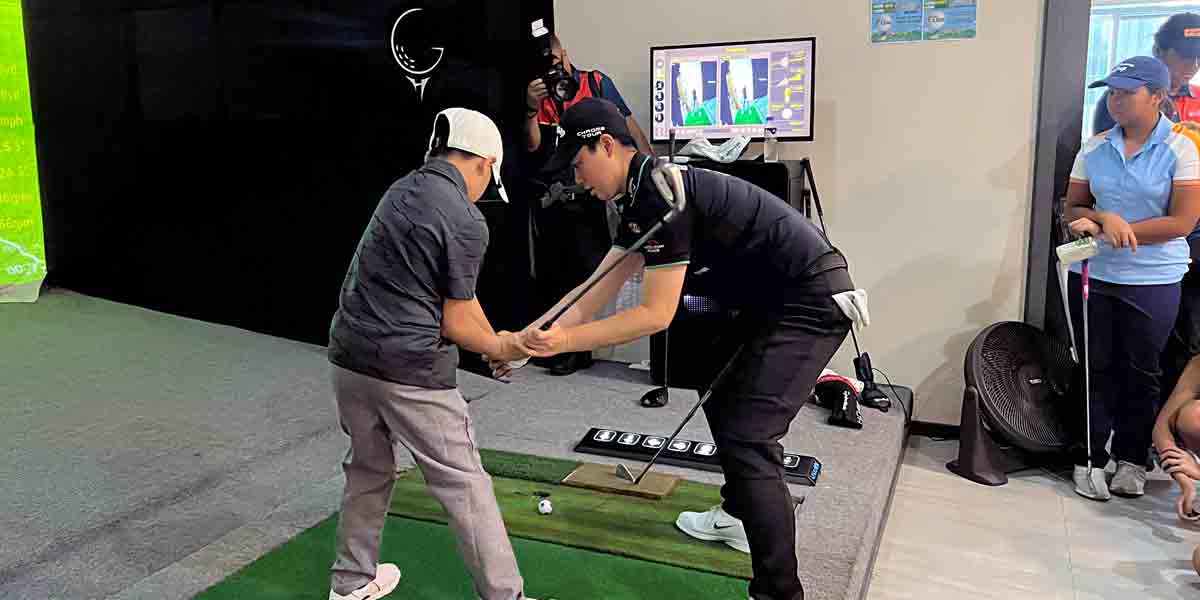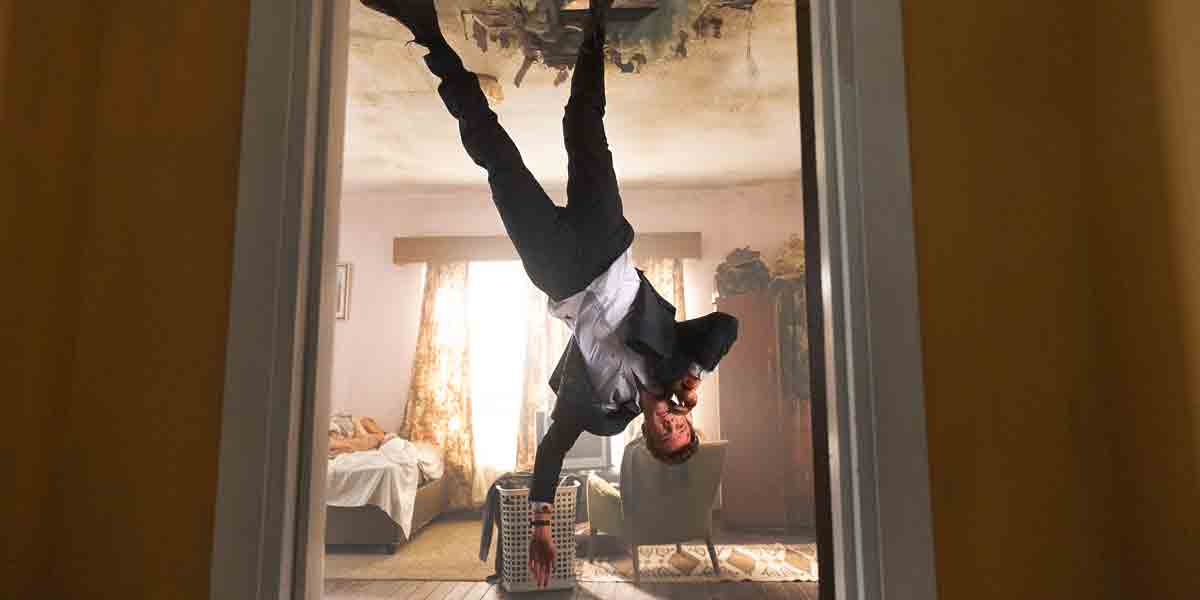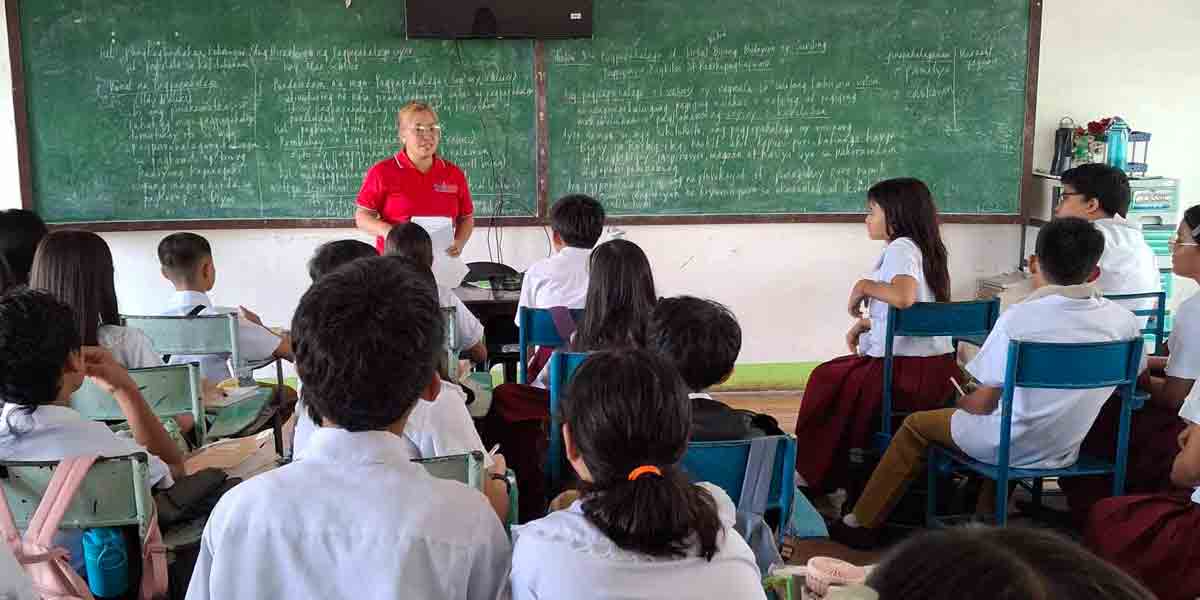
As COVID-19 affects everyone differently and the long-term effects are hard to predict, returning to exercise once recovered should be undertaken with great care, especially in the case of moderate to severe cases of COVID-19, says an expert from a top American hospital, Cleveland Clinic.
Sports medicine physician Marie Schaefer, MD, says: “The truth is, the disease can affect everyone differently. Anyone, including young athletes, could experience a severe case or have long-term damage, which is why it is so important to take this seriously.”
While experts know that in some people the virus can lead to damage of the heart, brain, lungs and kidneys, she says there is no way to pinpoint or predict who exactly these individuals will be. Some might also experience lingering symptoms, including shortness of breath, muscle aches, loss of stamina and exhaustion.
For many athletes and active people, Dr. Schaefer says, returning to activity will likely be a slow process and will require patience. Individuals should work with a physician to make sure they are progressing appropriately and to monitor their symptoms.
Timelines determined by severity of COVID-19
When an athlete or active individual is sick with COVID-19, they should not engage in any physical activity. During this time, they should focus on rest, good hydration, proper nutrition and following the advice of their physician or healthcare provider.
After this, the timeline of return to exercise or sport will be determined by how mild, moderate or severe the case was.
If an active individual or athlete only has a mild illness or tests positive without experiencing any symptoms, he or she can consider returning to activity after a 10-day isolation period. Once that window has passed, the athlete may consider a gradual return to physical activity, but must not have symptoms.
If an active individual or athlete had a moderate or a severe illness, or had to be hospitalized, he or she should be evaluated by a physician prior to restarting any type of exercise. Dr. Schaefer says these people may need to have additional tests, including ECGs, heart imaging or blood work before they are cleared to start a progression back into activity.
Myocarditis in athletes and active people
Dr. Schaefer points to the possibility of myocarditis, which is an inflammatory response of the heart due to a viral infection, such as COVID-19. It can cause swelling in the heart muscle making rigorous activity more difficult and sometimes, even deadly.
“Myocarditis is more likely to be found in people who had a moderate or severe case of the virus, but it can happen to anyone who was infected,” says Dr. Schaefer.
Given this increased potential risk for myocarditis, athletes or active people returning after COVID-19 infections need to be cleared by a healthcare provider who will determine if any additional testing is needed. Because of the risk of myocarditis, athletes and anyone who exercises should follow a graduated return to physical activity over the course of a week to monitor for signs and symptoms of this serious complication.
Advice for easing back into fitness
While serious athletes should follow a Return to Play (RTP) schedule supervised by a professional trainer or physician, Dr. Schaefer has three pieces of advice for anyone planning to reintroduce exercise into their routine.
- Listen to your body. If someone is experiencing symptoms like chest pain or heart palpitations, they should stop exercising immediately and consult with a doctor. Exercise and movement are important for overall health, but for COVID-19, things can change overnight as we learn more about the virus, she says. People should keep monitoring themselves and if something feels more serious than just a consequence of being out of shape, they need to stop exercising and talk to a physician.
If individuals experience any of the follow red flag symptoms, they stop exercising immediately:
- chest pain or heart palpitations
- nausea
- headache
- high heart rate not proportional to exertion level or prolonged heart rate recovery.
- feeling lightheaded or dizzy
- shortness of breath, difficulty catching breath or abnormal, rapid breathing
- excessive level of fatigue
- swelling in the extremities
- syncope (passing out)
- experiencing tunnel vision or loss of vision.
- Take it easy. Recovered patients should not try to “power through” as they did in the past. Athletes of all ages should follow a gradual progression to get back into exercise. They will need to build up the time and intensity of their workouts. Dr. Schaefer advises starting with a slow walk and if that feels alright, trying a brisk walk the next day. They will need to gradually increase the time they spend walking, building this up for about one to two weeks before returning to HIIT training or CrossFit, for example.
- Be patient. Dr. Schaefer points out that even if someone the recovered patients were training for a marathon prior to becoming infected, they will likely discover that their body has changed a bit, which warrants extra caution. “Do not push too hard on a body that is still trying to recover,” she concludes.




















